Transcription of Inductive Representation Learning on Large Graphs
1 Inductive Representation Learning on Large GraphsWilliam L. Hamilton Ying of Computer ScienceStanford UniversityStanford, CA, 94305 AbstractLow-dimensional embeddings of nodes in Large Graphs have proved extremelyuseful in a variety of prediction tasks, from content recommendation to identifyingprotein functions. However, most existing approaches require that all nodes in thegraph are present during training of the embeddings; these previous approaches areinherentlytransductiveand do not naturally generalize to unseen nodes. Here wepresent GraphSAGE, a generalinductiveframework that leverages node featureinformation ( , text attributes) to efficiently generate node embeddings forpreviously unseen data.
2 Instead of training individual embeddings for each node,we learn a function that generates embeddings by sampling and aggregating featuresfrom a node s local neighborhood. Our algorithm outperforms strong baselineson three Inductive node-classification benchmarks: we classify the category ofunseen nodes in evolving information Graphs based on citation and Reddit postdata, and we show that our algorithm generalizes to completely unseen graphsusing a multi- graph dataset of protein-protein IntroductionLow-dimensional vector embeddings of nodes in Large graphs1have proved extremely useful asfeature inputs for a wide variety of prediction and graph analysis tasks [5,11,28,35,36].
3 The basicidea behind node embedding approaches is to use dimensionality reduction techniques to distill thehigh-dimensional information about a node s neighborhood into a dense vector embedding. Thesenode embeddings can then be fed to downstream machine Learning systems and aid in tasks such asnode classification, clustering, and link prediction [11, 28, 35].However, previous works have focused on embedding nodes from a single fixed graph , and manyreal-world applications require embeddings to be quickly generated for unseen nodes, or entirely new(sub) Graphs .
4 This Inductive capability is essential for high-throughput, production machine learningsystems, which operate on evolving Graphs and constantly encounter unseen nodes ( , posts onReddit, users and videos on Youtube). An Inductive approach to generating node embeddings alsofacilitates generalization across Graphs with the same form of features: for example, one could trainan embedding generator on protein-protein interaction Graphs derived from a model organism, andthen easily produce node embeddings for data collected on new organisms using the trained Inductive node embedding problem is especially difficult, compared to the transductive setting,because generalizing to unseen nodes requires aligning newly observed subgraphs to the nodeembeddings that the algorithm has already optimized on.
5 An Inductive framework must learn to The two first authors made equal it is common to refer to these data structures as social or biologicalnetworks, we use the termgraphto avoid ambiguity with neural network Conference on Neural Information Processing Systems (NIPS 2017), Long Beach, CA, 1: Visual illustration of the GraphSAGE sample and aggregate structural properties of a node s neighborhood that reveal both the node s local role in thegraph, as well as its global existing approaches to generating node embeddings are inherently transductive.
6 The majorityof these approaches directly optimize the embeddings for each node using matrix-factorization-basedobjectives, and do not naturally generalize to unseen data, since they make predictions on nodes in asingle, fixed graph [5,11,23,28,35,36,37,39]. These approaches can be modified to operate in aninductive setting ( , [28]), but these modifications tend to be computationally expensive, requiringadditional rounds of gradient descent before new predictions can be made. There are also recentapproaches to Learning over graph structures using convolution operators that offer promise as anembedding methodology [17].
7 So far, graph convolutional networks (GCNs) have only been appliedin the transductive setting with fixed Graphs [17,18]. In this work we both extend GCNs to the taskof Inductive unsupervised Learning and propose a framework that generalizes the GCN approach touse trainable aggregation functions (beyond simple convolutions).Present work. We propose a general framework, called GraphSAGE (SAmple and aggreGatE), forinductive node embedding. Unlike embedding approaches that are based on matrix factorization,we leverage node features ( , text attributes, node profile information, node degrees) in order tolearn an embedding function that generalizes to unseen nodes.
8 By incorporating node features in thelearning algorithm, we simultaneously learn the topological structure of each node s neighborhoodas well as the distribution of node features in the neighborhood. While we focus on feature-richgraphs ( , citation data with text attributes, biological data with functional/ molecular markers), ourapproach can also make use of structural features that are present in all Graphs ( , node degrees).Thus, our algorithm can also be applied to Graphs without node of training a distinct embedding vector for each node, we train a set ofaggregator functionsthat learn to aggregate feature information from a node s local neighborhood (Figure 1).
9 Eachaggregator function aggregates information from a different number of hops, or search depth, awayfrom a given node. At test, or inference time, we use our trained system to generate embeddings forentirely unseen nodes by applying the learned aggregation functions. Following previous work ongenerating node embeddings, we design an unsupervised loss function that allows GraphSAGE to betrained without task-specific supervision. We also show that GraphSAGE can be trained in a fullysupervised evaluate our algorithm on three node-classification benchmarks, which test GraphSAGE s abilityto generate useful embeddings on unseen data.
10 We use two evolving document Graphs based oncitation data and Reddit post data (predicting paper and post categories, respectively), and a multi- graph generalization experiment based on a dataset of protein-protein interactions (predicting proteinfunctions). Using these benchmarks, we show that our approach is able to effectively generaterepresentations for unseen nodes and outperform relevant baselines by a significant margin: acrossdomains, our supervised approach improves classification F1-scores by an average of 51% comparedto using node features alone and GraphSAGE consistently outperforms a strong, transductive baseline[28], despite this baseline taking 100 longer to run on unseen nodes.
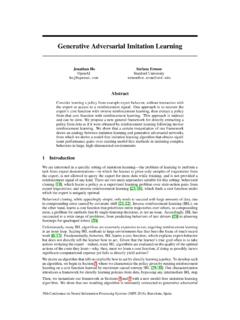
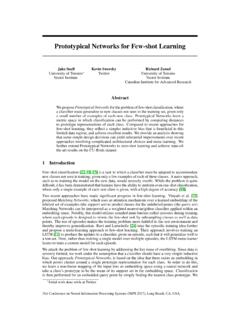
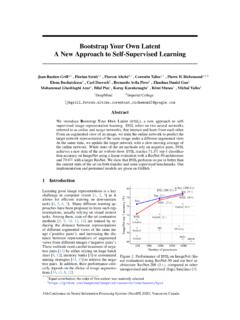
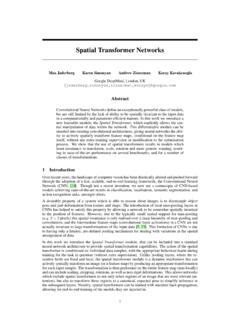
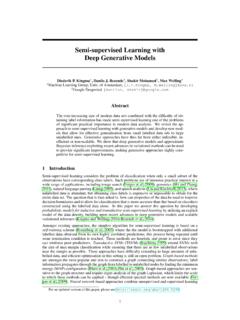
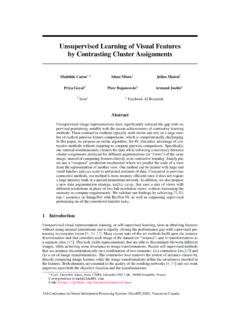
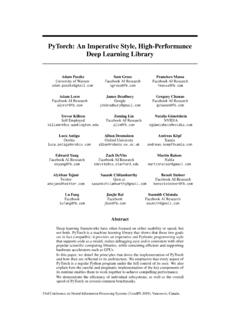
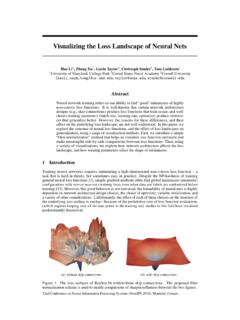
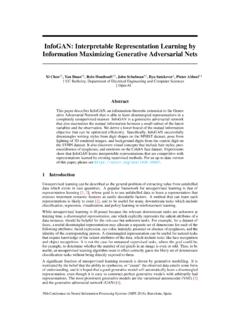


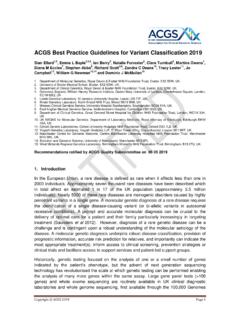
![arXiv:1706.02216v4 [cs.SI] 10 Sep 2018](/cache/preview/9/a/6/8/0/7/1/d/thumb-9a68071d73afd8997ff3a74956baa9eb.jpg)
